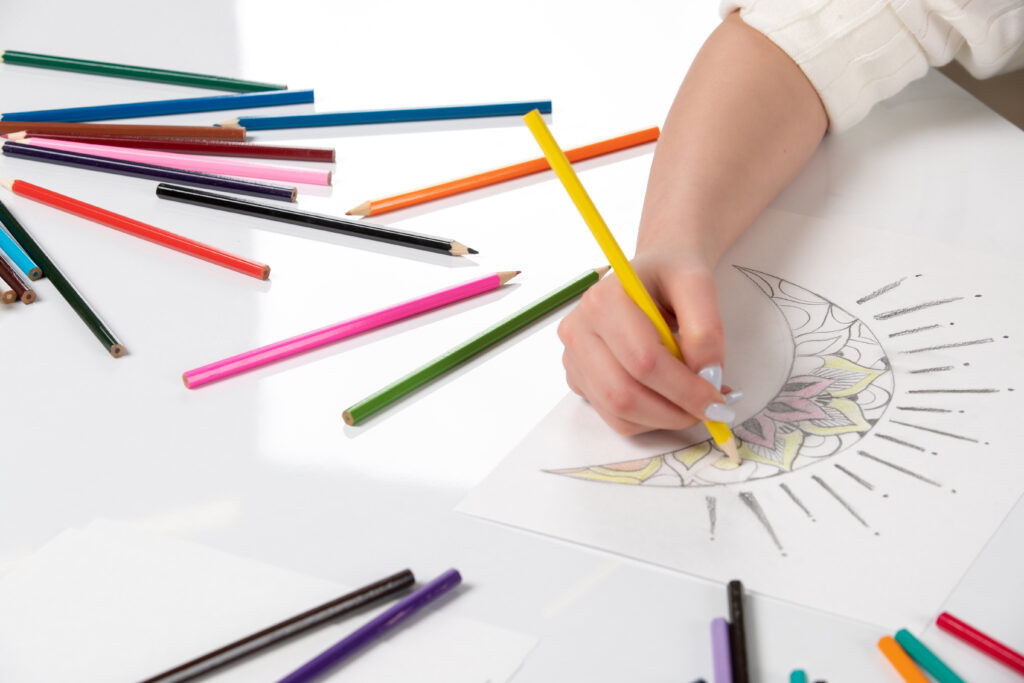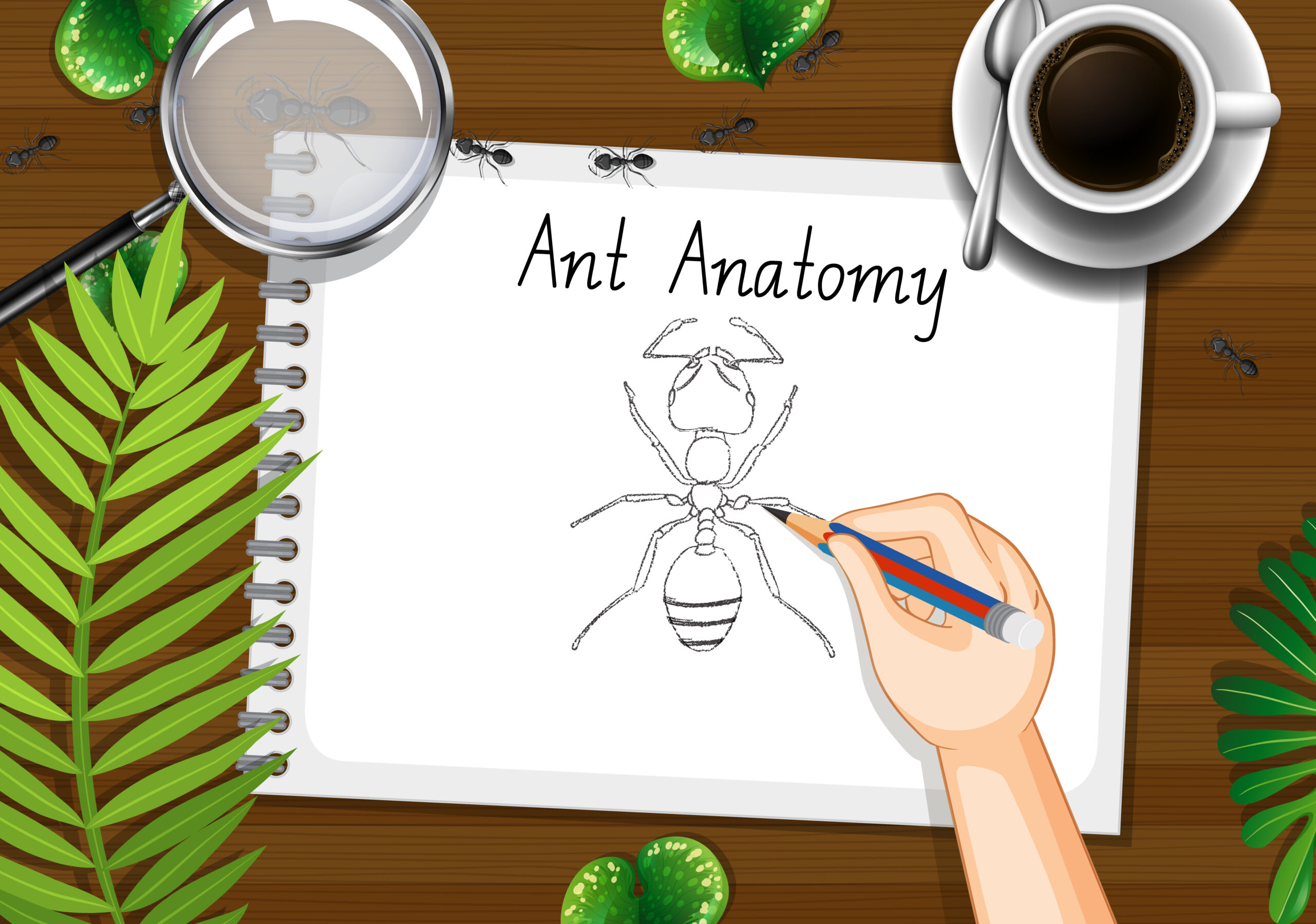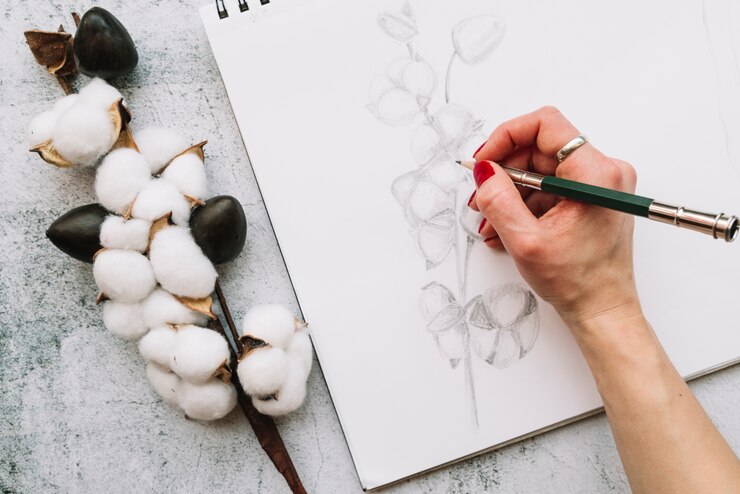Learn Pencil Drawing Tips for Beginners
Introduction:
Pencil drawing is a timeless art form that allows individuals to express their creativity and capture the world around them. Whether you’re a complete beginner or have some experience, these pencil drawing tips will help you develop your skills and create stunning artwork. In this article, we will explore a variety of techniques, tools, and concepts that are essential for beginners. So grab your pencils, sharpen your skills, and let’s dive into the world of pencil drawing.

Table of Contents:
| Heading |
| 1. Getting Started with Pencil Drawing |
| 2. Choosing the Right Pencils and Paper |
| 3. Understanding Basic Techniques |
| 4. Mastering Shading and Tonal Values |
| 5. Creating Realistic Textures |
| 6. Exploring Composition and Perspective |
| 7. Adding Depth and Dimension |
| 8. Capturing Light and Shadow |
| 9. Enhancing Your Drawings with Details |
| 10. Experimenting with Different Styles |
| 11. Overcoming Common Challenges |
| 12. Building a Solid Foundation |
| 13. Exploring Different Subjects |
| 14. Incorporating Color in Pencil Drawings |
| 15. Showcasing Your Artwork |
| 16. Getting Inspired by Famous Artists |
| 17. Pencil Drawing Tips for Beginners |
| 18. Frequently Asked Questions (FAQs) |
| 19. Conclusion |
1. Getting Started with Pencil Drawing
Before diving into the world of pencil drawing, it’s important to familiarize yourself with the basic supplies and techniques.
- Exploring the versatility of pencils as a drawing medium.
- Gathering the essential materials for pencil drawing.
- Setting up your workspace for maximum comfort and creativity.
- Practicing basic hand exercises to improve control and precision.
2. Choosing the Right Pencils and Paper
Selecting the appropriate pencils and paper is crucial for achieving the desired results in your pencil drawings. In this section, we will discuss:
- The various pencil grades and how they affect your artwork.
- Choosing the right paper texture and weight for different techniques.
- Exploring the advantages of sketchbooks versus loose sheets.
- Experiment with different erasers and sharpeners for optimal results.
- Considering the use of additional tools such as blending stumps and tortillons.
3. Understanding Basic Techniques
To create compelling pencil drawings, it’s essential to grasp the fundamental techniques. This section will cover:
- Mastering the importance of line weight, pressure, and direction.
- Learning basic strokes like hatching, cross-hatching, and stippling.
- Creating different types of lines to add texture and depth.
- Exploring the concept of negative space and its impact on composition.
- Practicing observational drawing to improve accuracy and proportions.
4. Mastering Shading and Tonal Values
Shading is a fundamental aspect of a pencil drawing that brings depth and dimension to your artwork.
- Practicing different shading techniques, including blending and layering.
- Using value scales to achieve realistic tonal values.
- Experiment with different light sources and their effects on objects.
5. Creating Realistic Textures
Textures add realism and interest to your pencil drawings.
- Observe and replicate various textures, such as fabric, wood, and fur.
- Utilize different pencil strokes to mimic texture.
- Experiment with cross-hatching, stippling, and scumbling techniques.
- Combine different textures to create visually engaging artwork.
- Use reference images and real-life objects to study and recreate textures.
6. Exploring Composition and Perspective
Composition and perspective play a crucial role in creating visually captivating pencil drawings. In this section, we will cover:
- Understanding the rule of thirds and other composition guidelines.
- Creating a focal point to draw viewers’ attention.
- Experimenting with different perspectives, such as bird’s-eye view and worms-eye view.
- Applying the principles of depth and spatial relationships.
- Incorporating leading lines and diagonals to add dynamism to your compositions.
7. Adding Depth and Dimension
Adding depth and dimension to your pencil drawings brings them to life.
- Creating a sense of depth using atmospheric perspective.
- Understanding the effects of foreground, middle ground, and background elements.
- Experimenting with overlapping objects to create spatial relationships.
- Using highlights and cast shadows to enhance three-dimensional forms.
- Employing the concept of foreshortening for dynamic and realistic drawings.
8. Capturing Light and Shadow
Light and shadow are crucial elements in pencil drawing that give form and volume to your subjects.
- Observe and analyze light sources and their effects.
- Create different types of shadows, such as cast shadows and form shadows.
- Render highlights and reflections to represent shiny surfaces.
- Utilize contrast to create drama and visual interest.
- Study and replicate the interplay of light and shadow in reference images.
9. Enhancing Your Drawings with Details
Adding intricate details to your pencil drawings can elevate them to the next level.
- Capturing fine details using different pencil grades and sharpening techniques.
- Applying hatching and cross-hatching to create textures and patterns.
- Adding small elements that enhance the overall composition.
- Knowing when to stop and avoid overworking your drawings.
- Balancing details with negative space to create visually pleasing artwork.
10. Experimenting with Different Styles
Pencil drawing offers endless opportunities for artistic expression. This section will inspire you to:
- Explore different styles, such as realistic, impressionistic, and surrealistic.
- Experiment with various mark-making techniques to develop your unique style.
- Find inspiration from different artists and art movements.
- Combine pencil drawing with other mediums for mixed-media artworks.
- Push the boundaries of traditional pencil drawing and embrace your creativity.

11. Overcoming Common Challenges
As a beginner, you may encounter certain challenges along your drawing journey.
- Dealing with smudging and transferring graphite.
- Correcting mistakes and erasing without damaging the paper.
- Achieving consistent line quality and avoiding shaky lines.
- Overcoming the fear of drawing complex subjects.
12. Building a Solid Foundation
Building a solid foundation is essential for long-term growth as an artist. This section will guide you on:
- Developing good drawing habits, such as regular practice and observation.
- Building a visual library by studying and sketching from life.
- Learning from tutorials, books, online resources, and art classes.
- Joining art communities and seeking mentorship or guidance.
- Embracing a growth mindset and enjoying the journey of learning.
13. Exploring Different Subjects
Pencil drawing offers endless possibilities for the subject matter. In this section, we will explore various subjects and provide tips for capturing their essence:
- Drawing portraits and capturing facial expressions.
- Depicting still life objects with attention to detail.
- Creating realistic landscapes and architectural drawings.
- Venturing into the realm of fantasy and imagination.
14. Incorporating Color in Pencil Drawings
While pencil drawings are often monochromatic, adding color can create striking effects. In this section, we will discuss:
- Exploring colored pencils and their unique properties.
- Understanding color theory and its application in pencil drawing.
- Creating harmonious color palettes for your artwork.
- Blending and layering colored pencils for smooth transitions.
- Experimenting with mixed media techniques to combine color and graphite.
15. Showcasing Your Artwork
Once you’ve honed your pencil drawing skills, it’s time to share your artwork with the world. This section will guide you on:
- Photographing your drawings for online portfolios or social media.
- Creating an artist statement to accompany your artwork.
- Building an online presence and engaging with art communities.
- Seeking opportunities for commissions or selling your artwork.
16. Getting Inspired by Famous Artists
Drawing inspiration from the works of famous artists can fuel your creativity and broaden your artistic horizons. In this section, we will explore:
- Studying the works of master artists, such as Leonardo da Vinci and Vincent van Gogh.
- Analyzing their techniques and unique approaches to pencil drawing.
- Finding inspiration from contemporary artists in the field.
- Incorporating elements from different art movements into your own work.
- Learning from the masters while developing your own style and voice.
17. Pencil Drawing Tips for Beginners
In this section, we will provide additional tips specifically tailored to beginners:
- Embracing imperfections and learning from mistakes.
- Practicing patience and perseverance in your artistic journey.
- Experiment with different subjects and techniques to expand your skills.
- Enjoying the process of drawing and expressing your creativity.

18. Frequently Asked Questions (FAQs)
FAQ 1: What are the essential tools for pencil drawing?
To start your pencil drawing journey, you’ll need a few basic tools:
- Quality pencils with different grades (HB, 2B, 4B, etc.)
- Sketching paper or drawing pad
- Erasers (kneaded eraser and vinyl eraser)
- Pencil sharpener
- Blending stump or tortillon (optional)
FAQ 2: How can I improve my shading skills in pencil drawing?
Improving your shading skills takes practice and observation.
- Study real-life objects and observe how light falls on them.
- Experiment with different pencil grades to create a range of values.
- Use a blending stump or tortillon to achieve smooth transitions.
- Analyze and replicate shading techniques used by experienced artists.
FAQ 3: How do I create realistic textures in my pencil drawings?
Creating realistic textures requires careful observation and attention to detail. Try these techniques:
- Study reference images or real-life objects to understand textures.
- Experiment with different pencil strokes to mimic textures.
- Use a combination of hatching, cross-hatching, and stippling for varied textures.
- Gradually build up layers of shading to create depth in textured areas.
- Pay attention to the direction and flow of the texture to make it more realistic.
FAQ 4: How do I overcome an artist’s block or lack of inspiration?
Artist’s block and lack of inspiration are common challenges.
- Take a break and engage in activities outside of drawing to refresh your mind.
- Seek inspiration from nature, books, movies, or other forms of art.
- Explore new techniques or subjects that you haven’t tried before.
- Join art communities or take part in drawing challenges for motivation.
- Keep a sketchbook and doodle regularly to keep your creative juices flowing.
FAQ 5: How can I make my pencil drawings look more dynamic and three-dimensional?
To make your pencil drawings appear dynamic and three-dimensional, consider the following tips:
- Experiment with different perspectives, angles, and foreshortening.
- Use overlapping objects and diminishing scale to convey distance.
- Incorporate diagonal lines and leading lines to add movement and energy.
- Practice drawing from life to understand how objects occupy space.
FAQ 6: Should I start with reference images or draw from my imagination?
It’s recommended to start with reference images to develop your observational skills and understanding of form. As you gain confidence, you can gradually incorporate elements from your imagination to create unique artwork.
19. Conclusion
Congratulations on completing this comprehensive guide to pencil drawing tips for beginners. Armed with the knowledge and techniques shared in this article, you’re well-equipped to embark on your artistic journey. Remember to practice regularly, seek inspiration from various sources, and enjoy the process of creating art. With time and dedication, your skills as a pencil artist will continue to grow, allowing you to express your creativity and capture the beauty of the world through your drawings.






